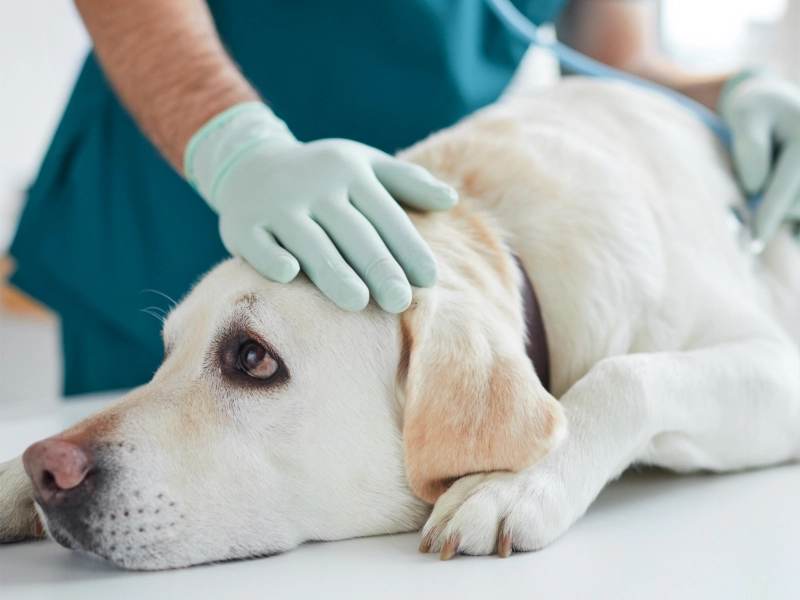Are you a hypochondriac? Do you find yourself on Google looking up every symptom? Does your dog or cat sneezing put you on edge? Are you a frequent visitor to the vet? We understand. Having a pet is somewhat like having a child. You are responsible for its well-being. And you often find yourself riddled with guilt or worry. Taking your pet to the vet for check-ups is necessary. It is important to get an assessment of their health. It also helps you make the needed adjustments to your pet’s diet. Other than an annual pet wellness exam, we know things happen. Pet ownership is full of unpredictable events that require unexpected visits to the vet. Perhaps your pet is acting unusually, or you are noticing a change in stools or a skin rash. You are probably wondering, does your dog need a vet visit?
Here are 3 tips to help you navigate being a pet parent and to discern how often you should make an appointment with your pet care provider:
1. The New Fur Baby
Kittens and puppies need to see a veterinarian. Up to one year of age, your baby kitten and puppy will have to make quite a few vet visits. For cats and dogs younger than 4 months, visits will happen every few weeks, approximately 3 to 4 weeks. During this time, your pet will be checked for overall health and receive the required vaccinations. Within the first year, your pet may be spayed or neutered. Once your pet reaches the year mark, it should be scheduled for an annual vet visit moving forward. Senior animals may require more than one visit a year.
2. Change In Behavior
No one knows your pet better than you. Therefore, you will notice unusual behavior right away. Obvious changes in behavior indicators could be pet breathing issues, disorientation, lack of socialization, unconsciousness, diarrhea, or vomiting blood. Some changes are easy to spot, for example, a seizure, and others may be subtle. Have you noticed a change in behavior during certain times of the year or day? Food allergies are quite common so pay attention to your dog’s reaction to certain foods.
3. At Home Care
It is important to equip yourself with as much at-home pet care as possible. Unless it is a serious emergency some concerns can be dealt with at home. A simple change of diet or being mindful of allergens could combat ongoing symptoms your pet is experiencing. Some people find themselves going to the vet multiple times for a rash that does not seem to go away while overlooking the culprit. You may also incorporate CBD balms to soothe a rash or minor irritation. Always look for the source of the problem. You may be able to take care of it at home. It will also help you give your veterinarian more to work with. Keep a wellness journal so you can determine if it is a health concern requiring you to see a pet care provider.




